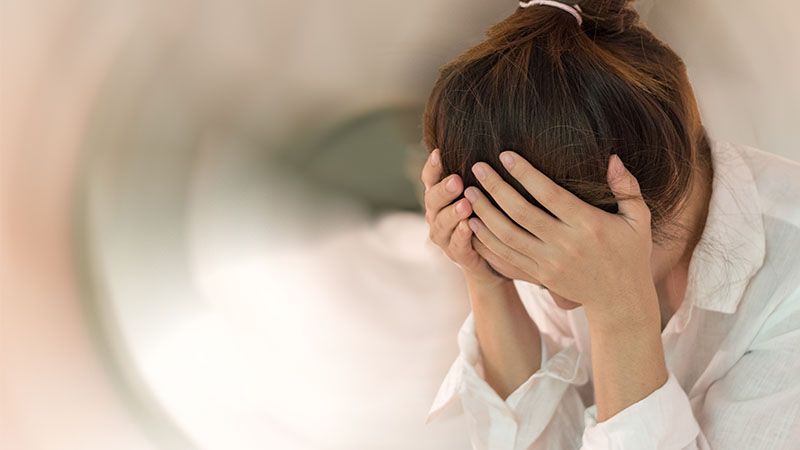Causes and Diagnoses
Causes and Diagnoses of Dizziness and Balance Disorders
While most cases of dizziness and balance disorders are caused by problems in the inner ear, the specific causes vary depending on the underlying condition.
- Benign paroxysmal positional vertigo (BPPV): This is a disorder in which calcium carbonate crystals loosen because of age, injury or infection, and become trapped in the inner ear. Changes in head position can bring on sudden vertigo.
- Labrynthitis: This is a viral inflammation in the inner ear that causes vertigo and occasional hearing loss.
- Meniere's disease: This is a disorder of the balance-regulating fluids in the inner ear, accompanied by dizziness, hearing loss, tinnitus (ringing in the ears) and a sensation of fullness.
- Perilymph fistula: This is an abnormal opening in the membrane between the middle ear and the inner ear, sometimes caused by sudden changes in barometric pressure.
- Superior canal dehiscence syndrome: This is a rare condition that involves the absence or near absence of temporal bone over the inner ear.
- Vertigo: Vertigo is a general term that refers to the illusion of movement or spinning, even when the patient is still. Some patients may experience vertigo as the room spinning, while others feel like they themselves are moving.
- Vestibular migraine: Patients with this underlying condition can experience dizziness before or during a migraine headache. The dizziness often disappears when the migraine is treated with medication.
Sometimes dizziness and balance disorders can also be related to:
- Benign tumors
- Gait problems
- Multiple sclerosis
- Orthopaedic surgeries affecting the hips, knees, ankles and spine
- Stroke
- Traumatic brain injury
Diagnoses
Diagnostic tests for dizziness and balance disorders may include:
- Hearing evaluation: This will help to detect if your dizziness is accompanied by hearing loss.
- Imaging: X-rays, CT scans and MRIs can detect if there are structural problems with your inner ear.
- Nystagmography tests: These tests document your ability to track moving objects or your own movement with your eyes.
- Computerized dynamic posturography: This test measures your ability to maintain your balance on a moving platform inside a booth.
- Rotational chair: This test is administered in the dark to measure how your eyes move in response to movement when there are no visual cues.




